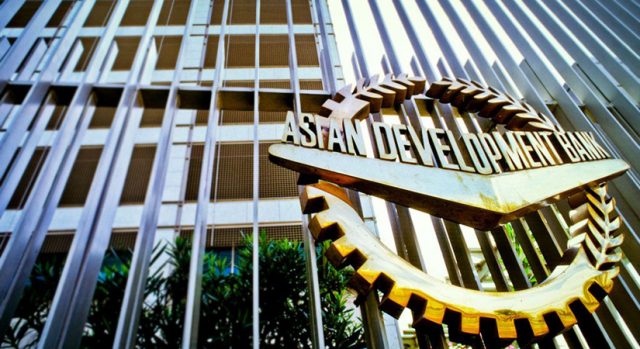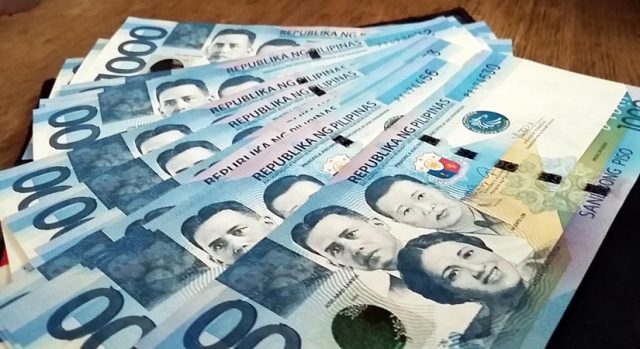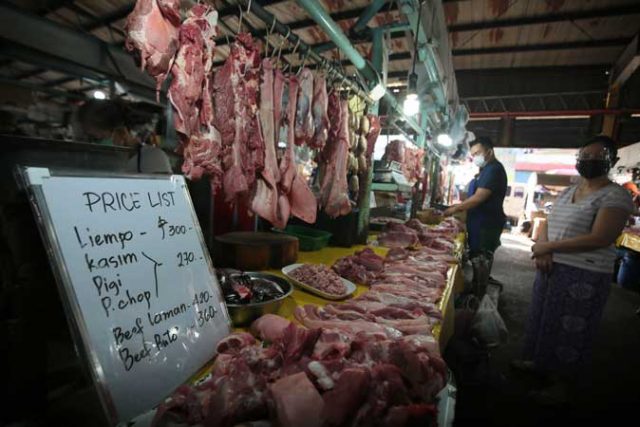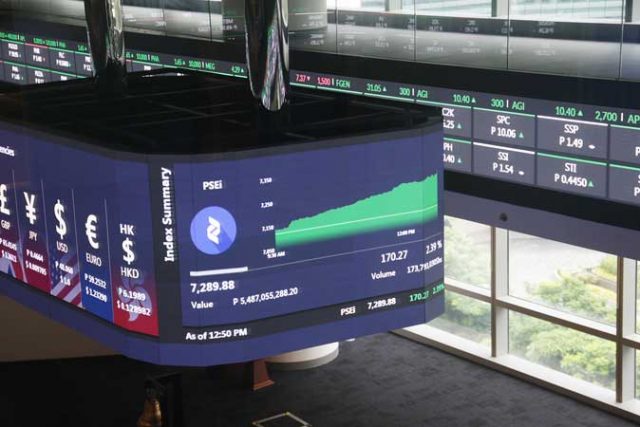THE PHILIPPINE bond market logged the fastest quarter-on-quarter growth in emerging East Asia in the first three months of the year on increased government borrowings to fund its deficit and pandemic response, the Asian Development Bank (ADB) said on Friday.
The June issue of the ADB’s Asia Bond Monitor showed the country’s bond market recorded the fastest expansion in the subregion, which is composed of the Philippines, China, Hong Kong, Indonesia, Malaysia, Singapore, South Korea, Thailand and Vietnam.
Outstanding bonds grew by 6.5% to $188 billion in the first quarter from $178 billion in the fourth quarter of 2020. This was the fastest rate in the region, which was followed by Indonesia’s 6.2%.
“Quarterly growth accelerated from 5.3% quarter on quarter in the fourth quarter of 2020, driven entirely by the government segment as the corporate segment saw contraction during the quarter,” the ADB said.
Meanwhile, the local bond market expanded by 28.4% from the $140 billion recorded the first quarter of 2020. This was the second-fastest print in the region after Indonesia’s 36%.
Broken down, government bonds made up 82.7% of the total issuances in the first three months of 2021 while corporate bonds accounted for the remaining 17.3%.
ADB data showed outstanding government bonds reached $155 billion as of March, growing by 8.4% from the $145 billion seen in last three months of 2020. It also climbed by 36.5% from the $109 billion a year earlier.
“Treasury bills and Treasury bonds primarily drove the increase, as the government continued to heavily borrow from the local market for its COVID-19 (coronavirus disease 2019) relief efforts and to support economic recovery,” the multilateral lender said.
Meanwhile, outstanding corporate issuances were at $33 billion in the first quarter, slipping by 2% from the $34 billion logged in the previous three-month period.
“The decline can be attributed to the maturation of bonds offsetting the new issuances during the quarter,” ADB said.
Year on year, however, corporate bonds inched up by 0.01% from the $31 billion seen in the first quarter of 2020.
Among industries, the banking industry held the largest share of outstanding corporate bonds at 41.8% of the total, followed by the property sector with 23.8%.
However, even as it expanded faster than its peers, the Philippine bond market was the second smallest in emerging East Asia in the first quarter, beating only Vietnam’s $71-billion market.
In contrast, the biggest issuers as of March were China ($15.799 trillion), South Korea ($2.382 trillion), and Thailand ($3443 billion).
The local currency bond market in emerging East Asia continued to grow in the first quarter to reach $20.3 trillion as of March. This was higher by 2.2% quarter-on-quarter and by 15.9% year-on-year.
“[The] overall growth of the bond market moderated somewhat in Q1 2021 as governments sought to balance fiscal policy and corporates weighed uncertainty over the economic recovery,” the ADB said.
“Investor sentiment remained subdued amid looming uncertainties brought about by the COVID-19 pandemic and inflation fears in the United States. This led
to volatilities in financial markets, especially in March… The COVID-19 pandemic remains the largest downside risk… Another potential risk is the possibility of tightening liquidity conditions globally, specifically that the Federal Reserve might tighten US monetary policy in response to growing inflationary pressure,” it added. — LWTN












